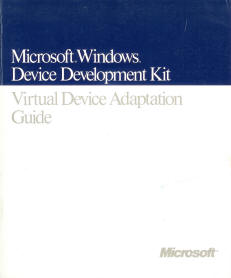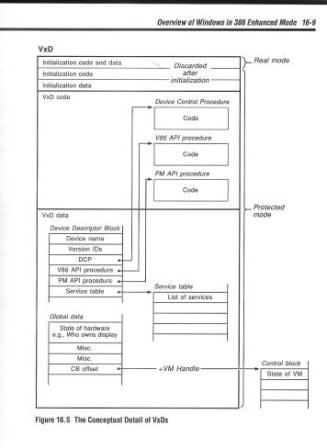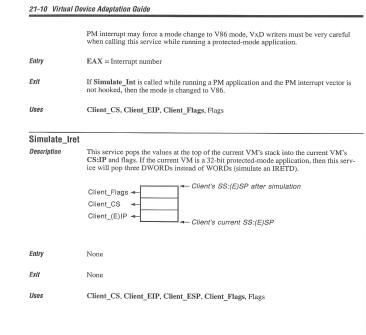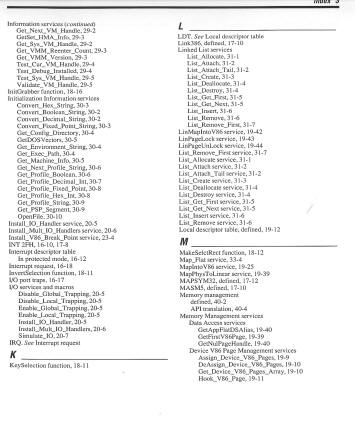Microsoft Windows 3.0 Device Driver Kit
In 1989 James was contracted by Microsoft to explain to
independent software vendors the first Windows virtual
device drivers. He produced all content for the resulting DDK as
well as the memory
management chapters in the SDK.

Using both Microsoft developers and staff from UC Berkeley and Stanford as
resources, he
authored conceptual descriptions that became standards for the
software and hardware development community (the success of
Win 3.0 is
credited in part on the quality of the development kits).
This was a classic "we need it fast, we need it right" project,
and therefore an ideal use of the
Information Refinery
tools James had developed for
Far West
Publishing Systems.

For example, James worked with the developers to embed API
descriptions directly in the assembly code. The code could then be
fed to UNIX scripts which served as a
front-end to programmable publishing software (Interleaf 4.0).

These techniques not only allowed rapid assembly of hundreds of
pages of text and art (3 days from code freeze to printer ready),
but ensured a high-degree of
completeness and accuracy by allowing developers to easily modify
content in their source code after reviewing
timely, fully-formatted drafts.
|